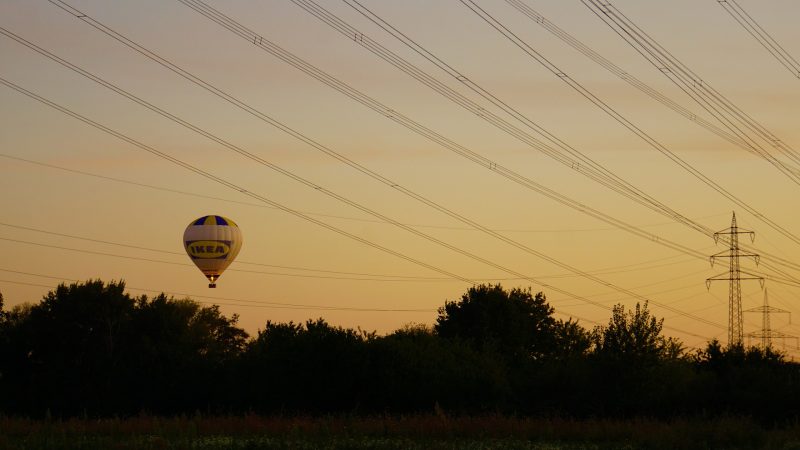EU funds to protect the most endangered gorilla in the world2 min read

The Cross River gorilla is today among the most threatened African primates with a population of fewer than two hundred specimens. He has taken refuge in some of the latest biodiversity hotspots in the forests of the border between Nigeria and Cameroon to escape habitat loss due to human activities and indiscriminate hunting.
To protect this rare mammal, which belongs to a subspecies that evolved in distinct form during the Pleistocene, the European Union has financed a series of conservation programs with two million euros in four years which will be coordinated by the Wildlife Conservation Society in collaboration with the Nigeria National Park Service.
“This project will help protect the Cross River gorilla, the most threatened of all African apes, from habitat loss and poaching”
Dr. Alhaji Ibrahim Musa Goni, The Conservator General of the National Park Service
In this case, instead of direct interventions on the fauna, the contribution will be dedicated to financially supporting the communities that live in the surrounding areas and that represent the main danger for the survival of the gorillas.
According to several studies, the fragmentary distribution of this great ape – 11 groups in about four thousand square kilometers between the Cross River National Park in Nigeria and the Okwangwo area on the border with Takamanda National Park in Cameroon – is due to agricultural pressure on the habitat more than looking for food. The most important sources of income in the area are mango and above all cocoa, which is grown by colonizing ever new portions of the forest when existing land becomes less fertile. A practice that increases deforestation by reducing the habitat margins of these gorillas.
Funding from the European Union addressed to a thousand farmer families, will be used to organize training courses for the sustainable cultivation of cocoa, the fruit from which chocolate is made. To prevent new forest areas from being turned into fields, technicians will replace older, less productive trees with accelerated ripening seedlings.
Not to mention that it will be possible to buy new vehicles for anti-poaching patrols, build and renovate existing ranger stations.
Cross River gorillas frequent rainforests between 200 and almost two thousand meters above sea level but often move according to the seasons like no African primate. They have a territory that can cover thirty square kilometers and a diet that varies from fruit, in periods of abundance, to herbs and bark.
The conservation initiative for this great ape is part of the European Support Program for the Preservation of Forest Ecosystems in West Africa for the protection of the environment in six border regions of West Africa. In this environment between Nigeria and Cameroon, in addition to the Cross River gorilla, there are also other threatened species of primates such as the common chimpanzee (Pan troglodytes ellioti), the drill (Mandrillus leucophaeus), the red colobus of Preuss (Piliocolobus preussi) and endangered animals such as the forest elephant (Loxodonta cyclotis).
Source: Wildlife Conservation Society
Featured image by deinarson from Pixabay






